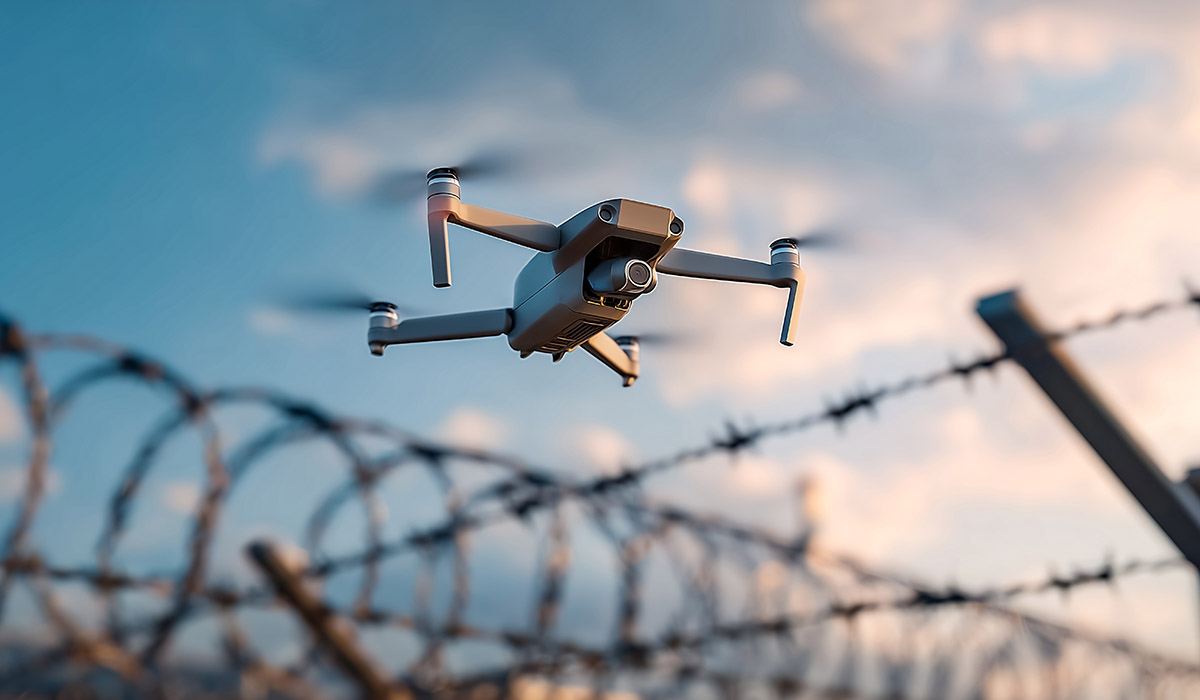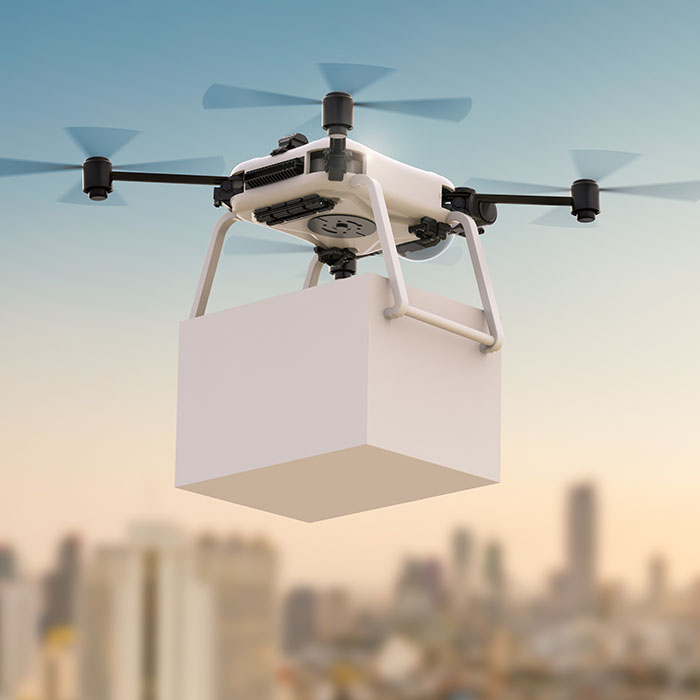August 21, 2025
Japan Considers Using Turkish-Made Drones to Expand Defense Capabilities, Strengthening Ties with Turkiye

The Ministry of Defense and the Self-Defense Forces (JSDF) are considering adopting Turkish-made drones (unmanned aerial vehicles). On August 19th, Defense Secretary Gen Nakatani met with Turkish Defense Minister Yaşar Güler and agreed to expand bilateral cooperation in the defense sector. Procurement from Turkiye, which has gained worldwide recognition for its drone technology, is expected to improve the JSDF’s ability to respond to modern warfare.
Bayraktar TB2: Cost-Effective and Battle-Tested
One leading candidate is the Bayraktar TB2, produced by Turkish defense giant Baykar. The TB2 is an attack drone capable of 27 hours of continuous flight and advanced intelligence gathering. It has become a symbol of Turkish defense technology, already in use by countries such as Azerbaijan and Qatar.Compared to U.S. military drones, the TB2 is significantly more affordable. The Japan Maritime Self-Defense Force’s purchase of the U.S.-made MQ-9B “Sea Guardian,” including related systems, costs around ¥12 billion per aircraft. In contrast, the Bayraktar TB2 is estimated at about $5 million (roughly ¥700 million) per unit.








